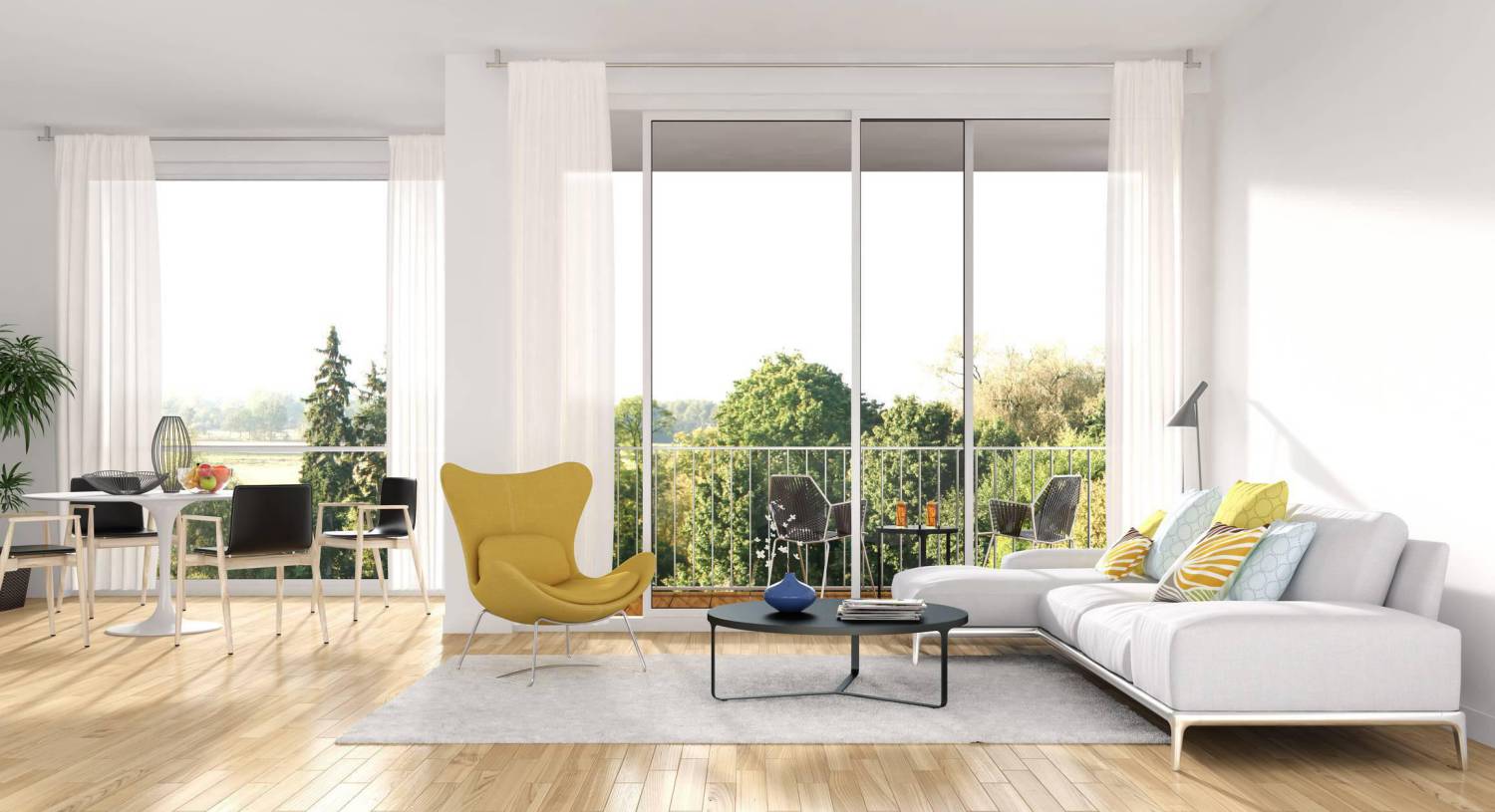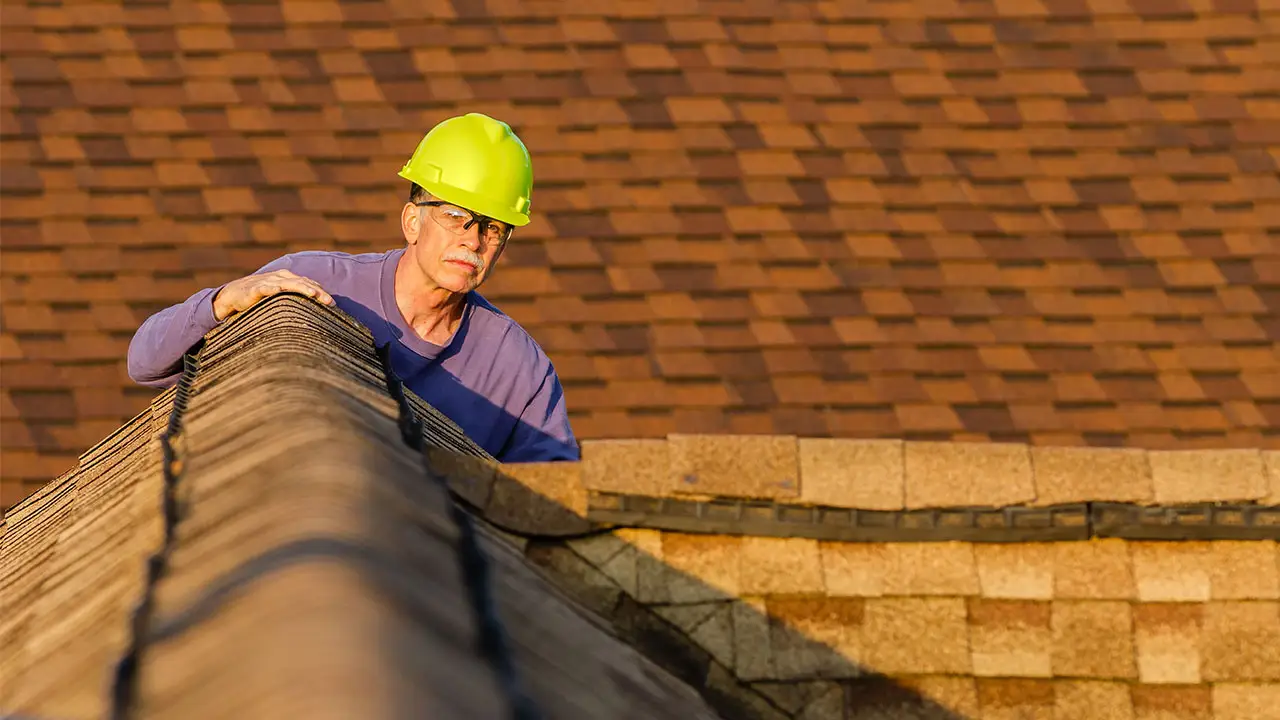Home>Articles>6 Projects To Prioritize When You Buy A Fixer Upper


Articles
6 Projects To Prioritize When You Buy A Fixer Upper
Modified: October 20, 2024
Discover the top 6 articles you should prioritize when purchasing a fixer-upper. From renovating kitchens to upgrading bathrooms, this essential guide will help you tackle your new home project.
(Many of the links in this article redirect to a specific reviewed product. Your purchase of these products through affiliate links helps to generate commission for Storables.com, at no extra cost. Learn more)
Introduction
Buying a fixer-upper can be an exciting and rewarding endeavor. Not only do you have the opportunity to transform a dated or run-down property into your dream home, but you can also increase its value significantly. However, before you start envisioning yourself lounging in a beautifully renovated space, it’s important to prioritize the right projects.
In this article, we will explore six key projects that should be at the top of your list when tackling a fixer-upper. From essential repairs to transformative upgrades, these projects will not only enhance the functionality and aesthetic appeal of your home but will also provide a solid foundation for future renovations.
So, let’s dive in and discover the top projects you should prioritize when buying a fixer-upper!
Key Takeaways:
- Prioritize essential projects like roof repair, electrical system upgrade, and plumbing overhaul when renovating a fixer-upper. These projects enhance safety, functionality, and long-term value, setting a solid foundation for future improvements.
- Investing in structural repairs, HVAC replacement, and a kitchen remodel can transform a fixer-upper into a stunning and functional home. Working with licensed professionals and setting a realistic budget are crucial for successful renovations.
Project 1: Roof Repair
One of the most crucial projects to prioritize when buying a fixer-upper is roof repair. The roof is not only a vital component of the house’s structure but also provides protection against the elements. A damaged or poorly maintained roof can lead to leaks, water damage, and even structural issues.
Start by inspecting the roof for any visible signs of damage such as missing or broken shingles, sagging areas, or signs of water infiltration. In some cases, you may need to hire a professional roofer to assess the condition of the roof thoroughly.
Depending on the severity of the damage, the necessary repairs may range from simple patching to a full roof replacement. While repairs can be a more cost-effective solution, keep in mind that an aging roof may require replacement to ensure long-term durability.
When repairing or replacing the roof, it’s important to choose high-quality materials that will withstand the test of time. Consider materials like asphalt shingles, metal roofing, or slate tiles, depending on your budget and architectural style.
By prioritizing roof repair, you can address any existing issues and prevent further damage to your fixer-upper. This not only improves the overall integrity of the home but also enhances its curb appeal and value.
Project 2: Electrical System Upgrade
When it comes to safety and functionality, upgrading the electrical system in a fixer-upper should be high on the priority list. Outdated or faulty electrical systems can pose significant risks such as electrical fires, shocks, and power surges.
Start by hiring a professional electrician to conduct a thorough inspection of the existing electrical system. They will identify any outdated wiring, overloaded circuits, or other potential hazards. Based on their assessment, you can determine the scope of the upgrade needed.
Some common electrical upgrades include replacing old wiring, upgrading the circuit breaker panel, and installing additional outlets or light fixtures. It’s also advisable to ensure that your electrical system meets the latest safety codes and regulations.
By upgrading the electrical system, you not only enhance the safety of your home but also increase its energy efficiency. Modern electrical systems can accommodate the demands of today’s technology and appliances, reducing the risk of power outages or circuit overloads.
Remember, electrical work should always be done by a licensed professional. Attempting DIY electrical projects can be dangerous and can put your home at risk. Hire a qualified electrician who can ensure that all the work is done correctly and safely.
Investing in an electrical system upgrade may not be the most glamorous project, but it is essential for the long-term functionality and safety of your fixer-upper. Plus, it gives you peace of mind knowing that your home is equipped with a reliable and efficient electrical system.
Project 3: Plumbing Overhaul
When purchasing a fixer-upper, it’s important not to ignore the plumbing system. Faulty plumbing can lead to leaks, water damage, and costly repairs if left unaddressed. Therefore, a comprehensive plumbing overhaul should be a top priority on your renovation checklist.
Begin by conducting a thorough inspection of the plumbing system to identify any potential issues. Look for signs of leaks, water stains, low water pressure, or outdated fixtures. Consider hiring a professional plumber to assess the condition of the pipes, sewage system, and water heater.
During the plumbing overhaul, you may need to replace old or corroded pipes, repair leaks, or upgrade fixtures. Upgrading to more water-efficient fixtures can also help reduce water consumption and lower utility bills in the long run.
If the plumbing system in your fixer-upper is severely outdated or in poor condition, you may need to consider a full replacement. While this can be a significant investment, it ensures that your home’s plumbing system is reliable, efficient, and up to code.
Remember to hire a licensed and experienced plumber for all plumbing-related projects. They have the knowledge and expertise to identify and tackle plumbing issues, ensuring that the work is done correctly and avoiding potential problems down the line.
A plumbing overhaul not only addresses existing issues but also provides peace of mind knowing that your fixer-upper has a reliable and efficient plumbing system. Additionally, it enhances the value of your home and makes it more appealing to potential buyers in the future.
When buying a fixer upper, prioritize projects that address structural issues, such as roof repairs, foundation issues, and plumbing/electrical updates, to ensure the safety and stability of the home.
Project 4: Structural Repairs
One of the most critical projects to prioritize when buying a fixer-upper is addressing any structural issues. Structural problems can significantly impact the safety and stability of your home, so it’s crucial to identify and repair them early on.
Start by conducting a thorough inspection of the property, paying close attention to signs of foundation issues, sagging floors, cracks in walls or ceilings, and uneven door frames. These could indicate underlying structural problems that need to be addressed.
Depending on the severity of the issues, you may need to hire a structural engineer to assess the situation and recommend the necessary repairs. They will evaluate the foundation, load-bearing walls, and other structural components of the house to provide an expert opinion.
Structural repairs can include reinforcing the foundation, repairing or replacing damaged beams, or stabilizing the structure. These repairs may require the expertise of a contractor or specialized professional, depending on the complexity of the project.
It’s crucial to address structural issues promptly to prevent further damage and ensure the safety of the occupants. Neglecting structural repairs can lead to more extensive and costly problems down the line, such as compromised structural integrity or even collapse.
While structural repairs may be a significant investment, they are necessary for the long-term stability and value of your fixer-upper. By tackling these issues early on, you can enjoy a safe and structurally sound home for years to come.
Project 5: HVAC Replacement
When it comes to comfort and energy efficiency, upgrading the HVAC (Heating, Ventilation, and Air Conditioning) system in a fixer-upper is a project that should not be overlooked. An outdated or inefficient HVAC system can lead to inconsistent temperatures, high energy bills, and poor indoor air quality.
Start by evaluating the existing HVAC system in your fixer-upper. Consider its age, energy efficiency rating, and functionality. If the system is old or requires frequent repairs, it’s usually more cost-effective to replace it with a newer, more efficient model.
Upgrading to a modern HVAC system can provide multiple benefits. Newer models are designed to be more energy-efficient, resulting in lower utility bills and reduced environmental impact. They also offer improved performance, better temperature control, and increased reliability.
When choosing a new HVAC system, consider factors such as the size of your home, climate conditions, and your specific heating and cooling needs. Consult with a heating and cooling professional who can help you select the right system for your fixer-upper.
The installation of a new HVAC system should always be done by a licensed technician to ensure proper installation and optimal performance. They will ensure that the system is correctly sized, properly installed, and in compliance with local building codes.
By upgrading the HVAC system in your fixer-upper, you can create a more comfortable living environment and significantly improve energy efficiency. This not only enhances the overall comfort of your home but also increases its value and attractiveness to potential buyers in the future.
Project 6: Kitchen Remodel
A kitchen remodel is often one of the most exciting and transformational projects when renovating a fixer-upper. The kitchen is often considered the heart of the home and is a space that can greatly impact its functionality and overall appeal.
Start by assessing the existing kitchen space in your fixer-upper. Consider the layout, storage options, and overall aesthetic. Decide whether you want to make minor updates or completely transform the space with a full kitchen remodel.
A kitchen remodel can include various elements such as updating cabinets, countertops, appliances, backsplash, flooring, and lighting. It’s important to consider not only the visual appeal but also the functionality and efficiency of the kitchen.
When planning the remodel, think about how you use the space and what your specific needs are. Consider factors such as storage, countertop workspace, and the flow of the kitchen. This will help you design a kitchen that is both aesthetically pleasing and practical.
Depending on your budget and the extent of the remodel, you may consider hiring a professional kitchen designer or contractor to help with the process. They can assist with creating a functional layout, choosing materials, and managing the project from start to finish.
Investing in a kitchen remodel can significantly increase the value of your fixer-upper and make it more appealing to potential buyers. The kitchen is often a focal point for homebuyers, and a beautifully renovated kitchen can set your home apart from the competition.
Keep in mind that a kitchen remodel can be a major undertaking, both in terms of time and budget. It’s essential to plan carefully, set a realistic budget, and work with professionals who can guide you through the process. The end result will be a stunning and functional kitchen that is the heart of your newly renovated fixer-upper.
Conclusion
When it comes to buying a fixer-upper, prioritizing the right projects is crucial for a successful renovation. By focusing on key areas such as roof repair, electrical system upgrade, plumbing overhaul, structural repairs, HVAC replacement, and kitchen remodel, you can transform your fixer-upper into a beautiful and functional home.
Roof repair should be one of the first projects to tackle, as a well-maintained roof protects your home from water damage and enhances its overall curb appeal. Upgrading the electrical system ensures safety and efficiency, while a plumbing overhaul addresses potential leaks and enhances water conservation.
Structural repairs are essential for the long-term stability and safety of your home, providing peace of mind to you and future buyers. HVAC replacement improves comfort, energy efficiency, and indoor air quality, while a kitchen remodel adds value and creates a beautiful centerpiece for your home.
Throughout your renovations, it’s important to work with licensed professionals who can guide you through each project and ensure that the work is done properly. It’s also crucial to set a realistic budget and plan your projects accordingly, keeping in mind that certain projects may require more time and financial investment than others.
Remember, a fixer-upper can be a labor of love, but with the right projects prioritized, you can transform it into the home of your dreams. From addressing essential repairs to creating stunning upgrades, your efforts will not only enhance your living space but also increase the value of your property.
So, roll up your sleeves, get ready to take on the challenges, and enjoy the satisfaction of turning a neglected house into a beautiful home through these top projects for your fixer-upper.
Frequently Asked Questions about 6 Projects To Prioritize When You Buy A Fixer Upper
Was this page helpful?
At Storables.com, we guarantee accurate and reliable information. Our content, validated by Expert Board Contributors, is crafted following stringent Editorial Policies. We're committed to providing you with well-researched, expert-backed insights for all your informational needs.















0 thoughts on “6 Projects To Prioritize When You Buy A Fixer Upper”